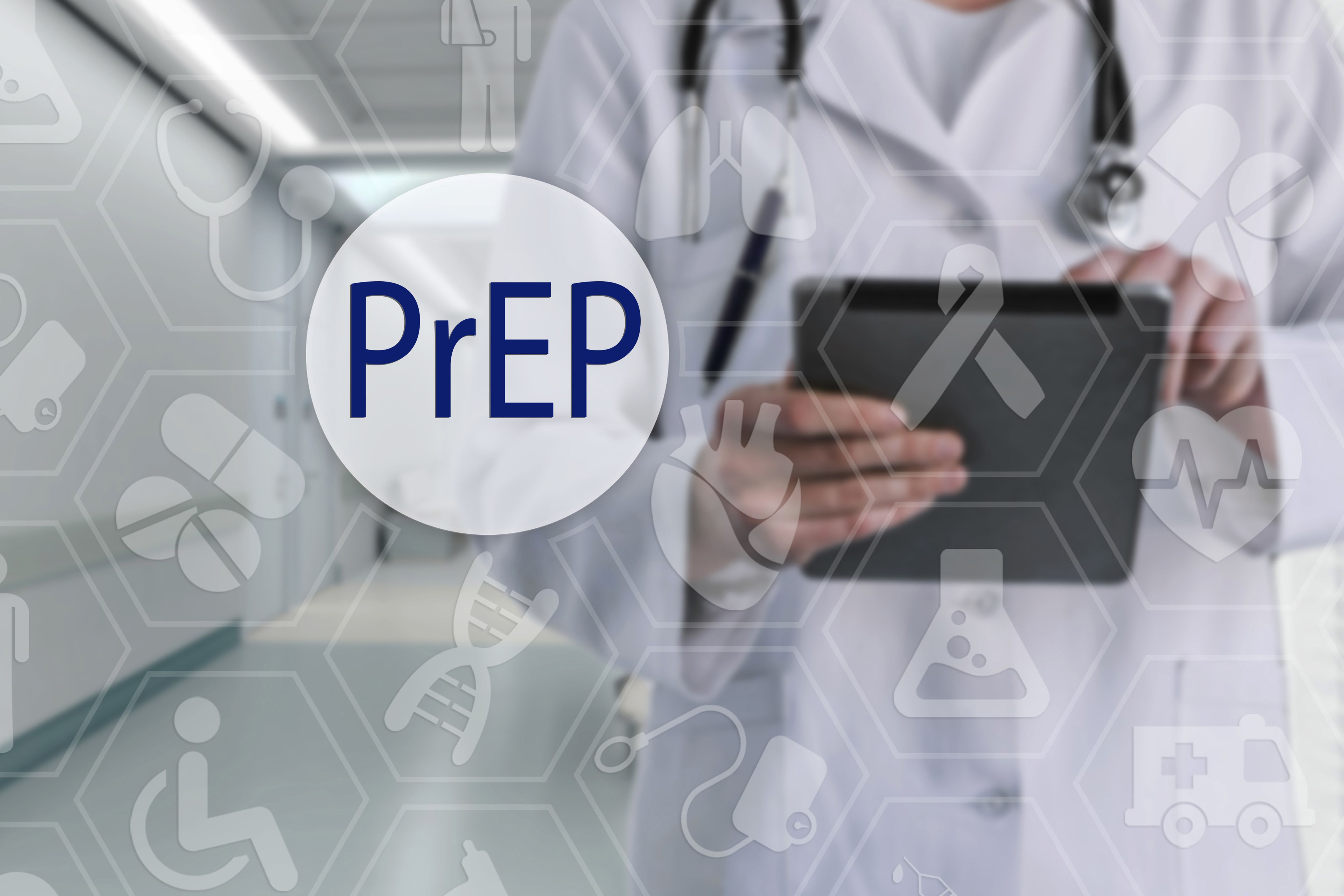News
Article
Study Finds PrEP Boosts Confidence of Having HIV Transmission-Free Sex Among At-Risk Populations
Author(s):
Pre-exposure prophylaxis found to provide peace of mind for patients at risk of HIV, and coupled with frequent HIV testing in the health care setting, lowers the perceived risk of contracting the disease.
A study conducted in Brazil found that use of pre-exposure prophylaxis (PrEP) to reduce the risk of HIV transmission among men who have sex with men (MSM) was associated with increased sexual risk behavior and a lower perceived risk of HIV, according to findings from a recent article published in the journal JMIR Public Health and Surveillance. Investigators called this phenomenon “prevention optimism.”
Image credit: Stanislau_V | stock.adobe.com

MSM appeared to be confident in the effectiveness of PrEP, which other researchers have defined as “prevention optimism,” or “the belief that it is easier to avoid HIV infection or transmission because of PrEP and that it is more acceptable and safer to engage in condomless sex because the risk of HIV is reduced,” the study authors wrote.
Investigators observed that PrEP positively influenced patient psyche, which in turn, had a positive impact on the relationship between sexual risk behavior and perceived risk of HIV. PrEP use among MSM was found to lower anxiety and fear related to sexual behaviors or intercourse, and they were less likely to use condoms and more likely to experience sexual pleasure and intimacy, the study authors wrote. This was scored on the HIV Incidence Risk Index for MSM (HIRI-MSM), which evaluated participation in sexual behavior risk and perceived risk of HIV.
Investigators conducted this study to identify current PrEP use among MSM in Brazil and used the 8-item Perceived Risk of HIV Scale (PRHS) to evaluate the moderating effect of PrEP on the association between sexual risk behavior and perceived risk of HIV among MSM in 2020. MSM who receive PrEP in Brazil are, by law, required get regular HIV testing. These health requirements were associated with reduced perceived risk of HIV.
Counseling is also offered at the appointments, which investigators suggest works to reduce perceived risk. Having been tested within a 6-month period was another factor that reduced perceived risk of HIV.
Greater education about HIV was associated with greater perceived risk of HIV, according to the study authors. Further, patients who did not have a steady partner reported higher perceived risk of HIV compared to patients with a steady HIV-negative partner.
Brazil is the first Latin American country to offer free national access to PrEP for eligible patients. In June 2023, 82% of this population were MSM, who along with gay and bisexual individuals, tend to possess a higher perceived risk of HIV and have a greater willingness to use PrEP, according to the study.
Limitations of the study include that its cross-sectional design may impact the temporal relationship between PrEP use and perceived risk of HIV; self-reporting can increase risk of recall or social desirability bias; and the majority cisgender MSM study population and geographical location may limit the generalizability of the findings.
“PrEP is highly effective at preventing HIV acquisition,” the study authors concluded. “PrEP’s objective efficacy, positive psychological impact, and the frequent HIV testing and interaction with the health care system required of PrEP users may jointly influence the relationship between sexual risk behavior and perceived risk of HIV, though additional research is needed to measure how each of these factors influences the moderating effect of PrEP.”
Reference
Blair KJ, Torres TS, Hoagland B, et al. Moderating Effect of Pre-Exposure Prophylaxis Use on the Association Between Sexual Risk Behavior and Perceived Risk of HIV Among Brazilian Gay, Bisexual, and Other Men Who Have Sex With Men: Cross-Sectional Study. JMIR Public Health Surveill 2023;9:e45134. DOI: 10.2196/45134

FDA Approves Dupilumab, Marking First Targeted Therapy in a Decade for Chronic Spontaneous Urticaria





